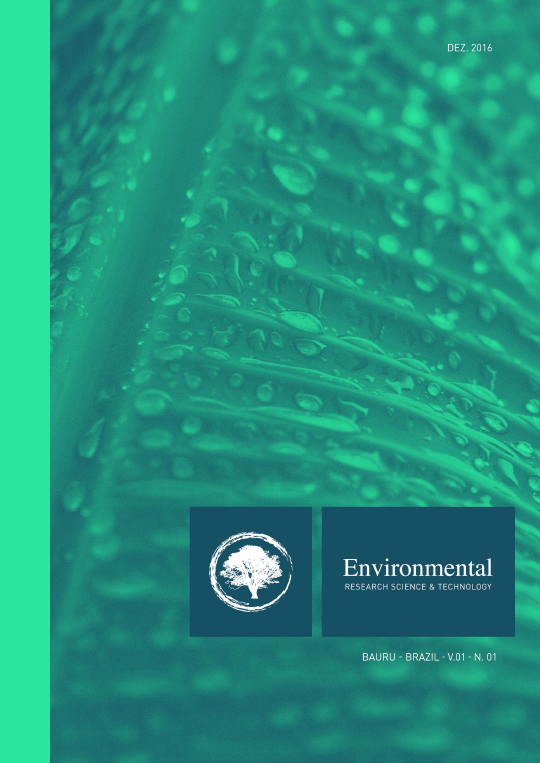Mackinawite Modified with L-Cysteine as an Active Material in In-Situ Sediment Capping for Mercury Containment
Palavras-chave:
mercury, mackinawite, L-cysteine, in-situ capping, sedimentResumo
Mackinawite (FeS) is suitable material for in-situ capping due its uptake capacity of divalent metals, especially mercury ions, in anoxic conditions. Despite its sorbent capacity, unmodified mackinawite has low oxidation stability, which limits its use. This study investigated the effect of the mackinawite modification with L-cysteine regarding its use in in-situ capping. Modified mackinawite as a reactive capping layer was evaluated in lab scale capping simulator cells, using lake sediment contaminated with mercury. Mercury profile in the sediment at the experiment conclusion showed very little transport of Hg in the cap layer. Mackinawite modification had little or no influence on the mercury uptake rate from the contaminated sediment, in comparison to the unmodified mackinawite. A composite layer cap (sand layer over modified mackinawite) was the best design considered for in-situ capping. Incubation experiments showed that modified mackinawite had a higher capacity for mercury methylation inhibition, than the unmodified one.

